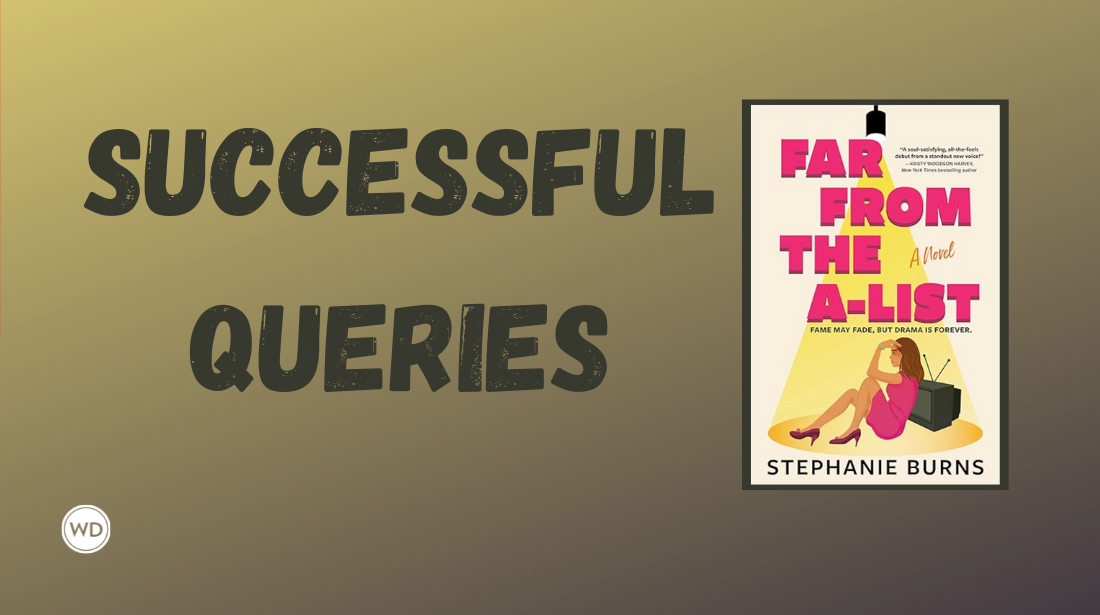What Is the Slush Pile?
What is the slush pile? It’s a term often used in the writing and publishing communities, but what does it mean? Is it a good or bad thing? And what does it mean for writers? We answer those questions here.
If you've read even a little about the process of writing and getting published, you've probably come up against the term "slush pile." However, you may have different ideas about what it means, including connotations for whether it's a good or bad thing for writers.
So let's unpack what a slush pile is, whether it's good or bad, and what it all means for writers.
What Is the Slush Pile?
The slush pile is a term that was developed in the publishing days of yore when writers would type up submissions, put them in envelopes or parcels, and mail them out to publishers and agents. These submissions would all arrive at their destination and be placed in a pile with other submissions; this pile of submissions was called the slush pile.
Postal submissions have become a rarity over the past 20 years (though not completely phased out yet), but the term slush pile is too good for people in publishing to let it go. So now we have digital slush piles, whether that involves an email inbox full of unread submissions or an online submission database like Submittable.
The point is that a slush pile is the place where all the general submissions are stored until an agent or editor has a chance to read them.
Is the Slush Pile a Good or Bad Thing?
The slush pile is not inherently a good or bad thing. It's a place where agents and editors keep their unsolicited submissions. In that sense, a slush pile might be considered a benefit, because writers at least have a chance of publication. Of course, not all slush piles are managed the same.
Some agents and editors read through their submissions daily or weekly and keep their slush piles in great shape all the time. Other teams will go through submissions monthly or quarterly. Still others will do it annually, and it's possible that submissions completely fall through the cracks in other places.
In these cases, the slush pile might be considered a negative, giving false hope to writers who wait around for an answer they may never receive.
What Does the Slush Pile Mean for Writers?
Most writers have to deal with the slush pile if they wish to get traditionally published. That part is just fact. But how they handle the slush pile doesn't have to be a passive act of pining away waiting for a response.
When you submit your work, check whether they forbid simultaneous submissions. If they do not, then be sure to submit to multiple agencies or publishers. Cast a wide net.
Also, keep writing and working on that next piece to submit. In fact, that piece of advice holds even after your work has been accepted. Keep writing and working on that next piece to submit. If you want to be published again and again, then you need to keep producing.
*****
Writer's Digest has been shining a spotlight on up and coming writers in all genres through its Annual Writing Competition for 90 years. Enter our 90th Annual Writing Competition for your chance to win and have your work be seen by editors and agents! Almost 500 winners will be chosen across nine writing categories with a grand prize winner of $5,000 cash, interview in Writer's Digest, and more!









